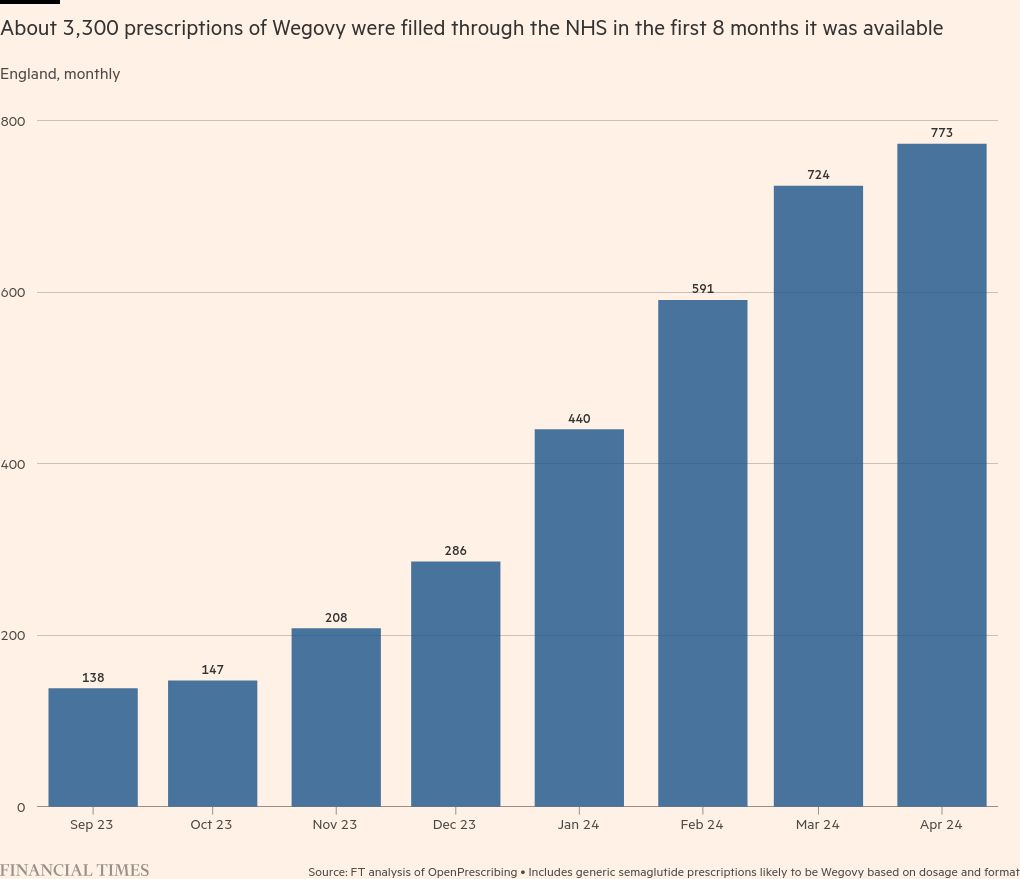Be really supportive
Independent journalism
Our mission is to provide unbiased, fact-based reporting that is accountable and uncovers the truth.
Whether $5 or $50, every contribution counts.
Help us deliver journalism without an agenda.

A first-of-its-kind set of guidelines has been created for the care of transgender people before and after routine surgery.
The guidelines recommend gender-inclusive language and consideration of whether a patient should be housed in a single room rather than a ward.
The guideline, created independently from the NHS, is said to have been put together amid “a lack of knowledge and confidence among anesthetists in caring for transgender and gender-diverse patients”.
Published in Anesthesia, the journal of the Society of Anesthetists – it was produced by a working group of experts, including those from the Royal Infirmary of Edinburgh and the University of Cambridge, and made 15 recommendations.
It states that “there is no existing guidance covering the scope and focus of this document”, which covers “the specific clinical care required of this patient group when attending elective or emergency surgery or anesthetic care”.
Recommendations include confirming and using a patient’s preferred name and pronouns, with a suggestion that digital pre-assessment questionnaires can allow the individual to “personally and securely disclose both gender at birth and identity”.
The guidelines advise that sharing someone’s transgender identity should only be done with the patient’s consent and if it is considered important to the safety of their care, and should be given the same level of confidentiality as “any other sensitive personal information”.
Transgender and gender-diverse patients should be cared for in an environment that “respects their gender identity”, the guidelines state, adding that “in some circumstances this may include the provision of a single room”.
Proposed changes to the NHS constitution under the last Conservative government emphasized the importance of biological sex, and gave hospital patients in England the right to request treatment in single-sex wards with transgender people.
Current NHS guidance, issued in 2019, states that a trans patient should be accommodated in a ward that matches their gender identity, unless there is a proportionate and legitimate reason.
The anesthetists’ guidelines recommend “specific educational materials” for staff to “increase awareness of issues affecting (transgender patients’) access to high-quality care.”
It also states that gender-inclusive language should be used “to respect all identities.”
Co-author Dr Stuart Edwardson, from the Royal Infirmary of Edinburgh, said it “does not specifically recommend excluding or excluding the terms male and female”, adding that “gender-inclusive language can be used in addition to these terms”.
The guidelines were developed in the context of the fact that around half of transgender and gender-diverse people are currently receiving some form of medical treatment for gender confirmation, such as hormones or surgery, while another 25% do not wish to do so.
Dr Edwardson said: “This guideline is the first of its kind in the field of surgical practice. It is important because we know that there is a lack of knowledge and confidence among anesthesiologists in caring for transgender and gender diverse patients.
“Importantly, it seeks not to answer any of the legal or social questions surrounding transgender people at the moment, but instead prefers to add evidence to ensure that their day-to-day health care is as safe and respectful as possible.”
#type #guidance #aims #ensure #safety #dignity #trans #patients

